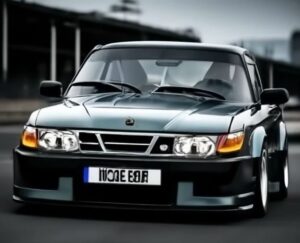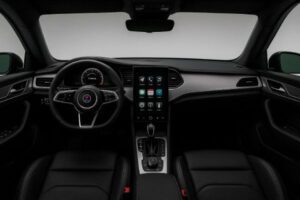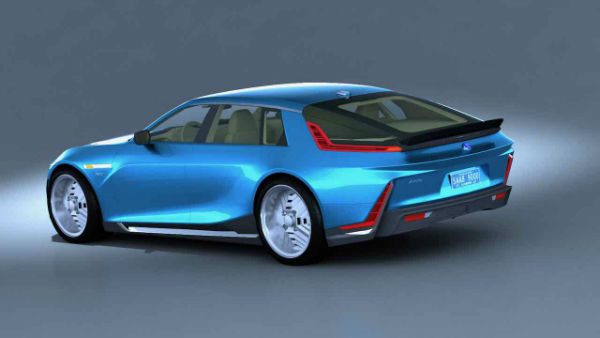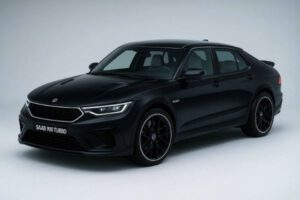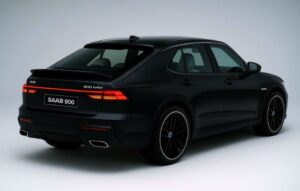2026 Saab 900
The 2026 Saab 900 is a concept based on modern design proposals and conceptual drawings created by designers and fans, not an official production car. The 2026 Saab 900 Turbo concepts envision a modern interpretation of the classic Saab 900, with some versions exploring an electric powertrain and a bold, new design while retaining some of the brand’s heritage. The 2026 Saab 900 concept exists in the realm of concept art and fan-made designs, often found in university courses or online design projects.
These concepts aim to modernize the look and feel of the Saab 900 for a new generation, with a focus on a bold, modern, and sometimes Scandinavian-inspired look. The Saab 900 EV 2026 is a modern electric powertrain, very different from the original gasoline-powered models. It’s important to note that these are not official production models. The Saab brand has been around for several years, and any talk of a 2026 model is a reference to the design of the prototype.
2026 Saab 900 : Interior
Inside, the interior of the best-selling Saab 900 is characterized by a unique combination of ergonomic design, practical comfort, and aircraft-inspired functionality that evolved over its two generations. The 900 “Classic” featured a cockpit-like dashboard that folded away from the driver, placing all controls within reach. This design prioritized driver focus and safety, a hallmark of Saab’s aviation heritage. The cabin was known for its comfortable and supportive seats, high-end materials for its time, and surprising features like a floor-mounted temperature switch between the front seats.
Although the second generation, the NG900, shared its platform with General Motors vehicles, it retained the product philosophy of being driver-centric but introduced a modern aesthetic and improved features. This model introduced a new “Night Panel” feature, which allowed drivers to turn off most dashboard lights at night to reduce distractions, with a strong focus on safety and ergonomics. Despite adopting a more conventional design than its predecessor, the NG900 continued to offer high levels of comfort, high-quality options such as leather and wood trim on SE models, and a practical and spacious cabin with well-thought-out finishing solutions.
2026 Saab 900 : Engine
The Saab 900’s engine greatly improved over its two main generations, but was best known for its powerful turbocharged four-cylinder versions and unique front-wheel drive layout. The original Classic 900 was powered by the robust Saab H engine, a modified version of Triumph’s inline four-cylinder. It was available in naturally aspirated and turbocharged forms, with the turbo models receiving performance improvements over the years through innovations such as intercoolers and Saab’s Automatic Performance Control (APC), which resulted in a higher and more efficient boost pressure ratio. Notably, the engine was mounted vertically in the bay and connected to the lower transmission, helping to create more even weight distribution.
The engine family moved on to the new B204 and B234 units, also developed on the Saab H engine platform, but with GM influence. These engines continued to be available in either a 2.0-litre or 2.3-litre inline-four configuration and maintained a reputation for efficiency and durability, particularly in their turbocharged versions, which were controlled by the improved Trionic 5 engine management system. Although the NG900 also introduced the 2.5-liter V6 option from GM, the core turbocharged four-cylinder was the most popular and common “Saab”.
2026 Saab 900 : Safety
Saab built a reputation for safety with the 900 through rigorous internal testing and innovative design features that often exceeded modern regulations. The unibody construction was designed with strong, curved surfaces designed to absorb impact forces, while the unique ‘pendulum’ B-pillar design was intended to direct crash forces away from passengers in side-impact accidents. Driver safety was paramount, with features such as standard driver-side airbags on later models, anti-impact bars in the doors, and a driver-focused cockpit design aimed at reducing distraction. The 2026 Saab 900 consistently performed well in real-world crash data analysis, setting the benchmark for occupant protection in its class.
